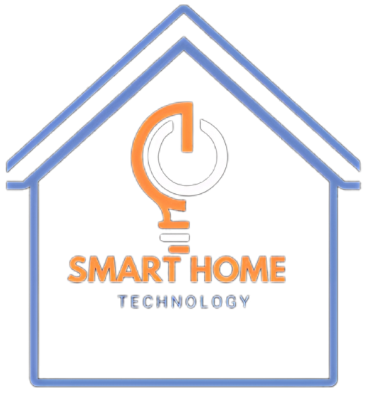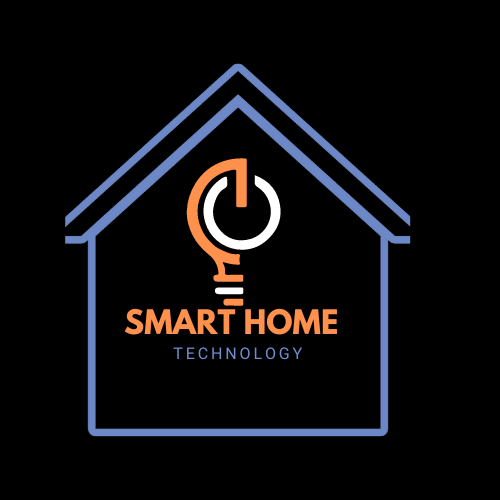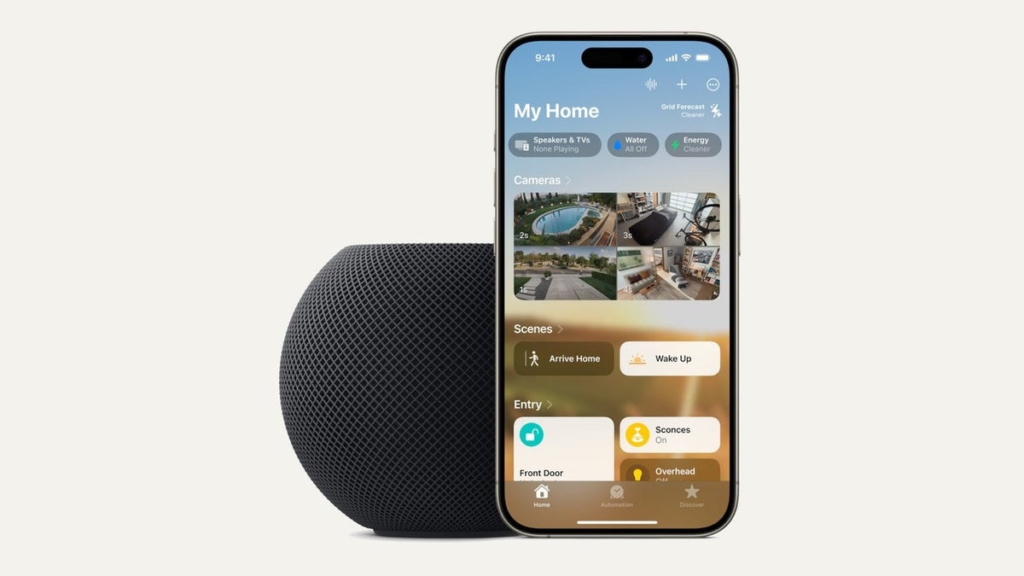
Table of Contents
Is your connected home compatible with an iPhone? Today, there are over 100 million smart homes in the USA, and integrating with devices like the iPhone is essential. It’s easy to manage locks, keys, lighting, heating, and cooling of the house through your phone. The iPhone, compatible with these smart home protocols, is featured here. Most importantly, fully integrating the initial smart devices with the iPhone is key. In this article, we will explore how the iPhone interacts with connected devices and if it is efficient in this environment.
What is a Smart Home?
A smart home contains devices that can be controlled through the internet using a smartphone, tablet, or even a smart speaker. These devices are linked and give homeowners the opportunity to control different systems, such as lighting, heating, home security, and home entertainment.
Think about coming back home tired from work, and without any effort, the lights turn on, the temperature is set perfectly, and your favorite songs start playing. This is where it resides, as technology works discreetly in the background to enhance and improve one’s daily living experience.
Common Devices Found in Smart Homes
Here are some of the most popular devices in a connected home setup:
- Smart Lights: Change the brightness or color of your lights with a voice command or app on your phone.
- Smart Thermostats: Control your home’s temperature remotely, ensuring it’s always comfortable when you walk in.
- Smart Security Systems: Monitor your home 24/7 with cameras, motion sensors, and doorbell cameras.
- Smart Speakers: Amazon Echo and Google Nest can control other devices, play music, and answer questions.
The Need for Centralized Control
The ultimate power of a smart home is its ability to be controlled with a single device. Centralized control enables you to handle all your smart home gadgets from your smartphone or voice assistant. For example, if you have an iPhone, Apple HomeKit can function as a central hub, allowing you to operate compatible smart home gadgets directly from your phone or tablet.
Does the iPhone Support Smart Home Integration?
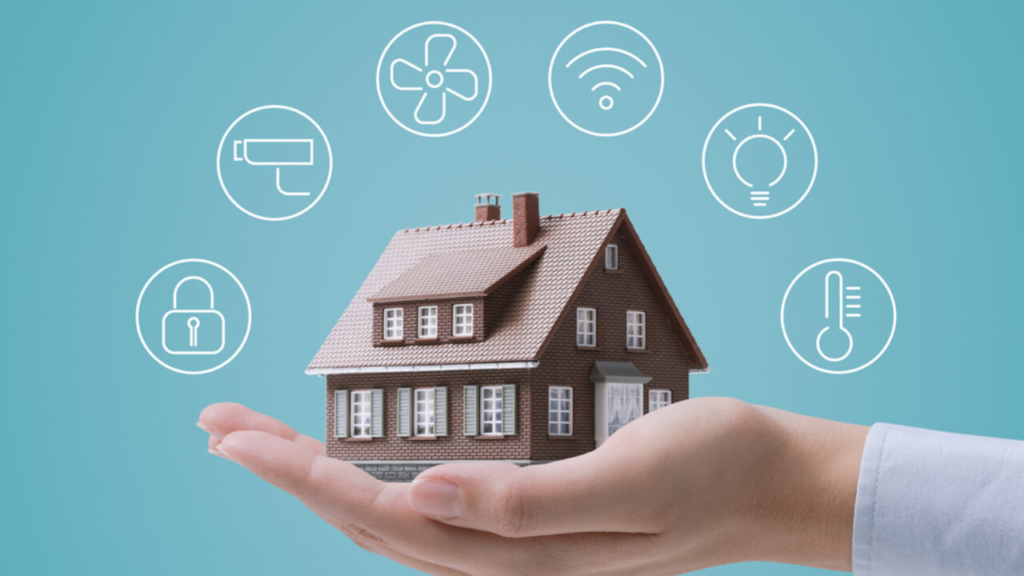
From being just a phone, the iPhone has evolved into an all-in-one gadget perfect for managing your house. Because Apple created the ecosystem, iPhone integration with smart home devices is smooth, and home automation is possible. But how exactly does it work?
Apple’s Smart home ecosystem
Apple has systematically developed an environment that is simple, integrated, and crucial to users’ experience and security. This ecosystem enables smart devices to work together as a single system. In essence, Apple’s iPhone-based connected home, centered around the company’s Apple HomeKit, is a next-generation technological concept that allows consumers to operate lighting, security systems, and virtually all aspects of their homes with their phones.
The Role of Apple HomeKit
Apple Home Kit is Apple’s core platform that integrates smart homes. It is a single point used to control all smart devices in your home, besides featuring a way of automating them. Both scenes and schedules may be set through the iPhone, and with the help of the iPhone and a voice assistant, Siri, a user can operate devices remotely. No matter if this is heating up or cooling down the house, locking or unlocking the doors, or simply switching bulbs off, HomeKit is easy.
HomeKit Features:
Voice Control: Siri is integrated with your devices to control such devices using your voice.
Automation: Establish the framework for automation in your home.
Security: All control cameras and locks from the comfort of one’s home.
iPhone Compatible Smart Home Devices
The integration with other smart home appliances is fantastic if done using an iPhone. Here are a few examples of smart devices that seamlessly integrate with Apple’s ecosystem:
Smart Lights: Philips Hue, LIFX
Smart Thermostats: Ecobee, Honeywell
Smart Locks: August, Schlage
Security Cameras: Logitech Circle View & Arlo Pro
For instance, a user survey written in the second half of 2019 reveals that 57 percent of iPhone users are leveraging smart home products compatible with Apple HomeKit, which is an emphatic rejoinder to the enhanced simplicity of integration.
With Apple’s commitment to creating a connected experience, the iPhone has become an indispensable tool for any smart home. Whether new to home automation or looking to expand your current setup, the iPhone offers a user-friendly gateway to a smarter, more efficient home.
Setting Up Your Smart Home with an iPhone
Making a connected home has never been easier, and if you are already in the Apple ecosystem, it might be even easier. This is because the iPhone, in conjunction with Apple’s HomeKit, allows users to control almost all smart technology from one platform.
Here’s a step-by-step guide to setting up your connected home using your iPhone:
- Get Your Devices Ready
You just need to start by selecting compatible devices, including, but not limited to, lights, air conditioning, security cameras, and smart plugs. Apple HomeKit is compatible with many brands and products, so you will have many choices.
2. Set Up HomeKit on Your iPhone
For every new setup you are about to perform, make sure your iPhone is on the latest builds of iOS. Then, the Home app can be opened with all iPhones or other Apple devices. Are you a first-time user of the app? Then, follow the instructions to set up this connected system right away.
3. Add Devices
Techniques containing new devices include tapping the ‘+’ button in the Home application and then choosing ‘Add Accessory.’ Pair the device using the displayed pairing code or scanning the QR code on these smart glasses. After recognizing a particular device, you can customize its name to make it easily controllable from a specific room.
4. Remote Control Devices with the use of Home App
Home allows you to use one application to control all the devices in your home. It also allows you to switch on lights, control the temperature of the room, and even see cameras installed within the house with a few swipes.
5. Apple ID:
This is another feature of the iPhone that we need to make work to its full potential, along with its counterpart, iCloud.
If you want full functionality out of HomeKit, particularly if you want to control your devices remotely, you’ll need an Apple ID and iCloud. These ensure your system can be controlled through your Apple devices, iPhone, iPad, or Mac.
Did You Know?
According to a 2023 survey, nearly 70% of homeowners in the U.S. are expected to use smart home technology by 2025. With the rise in smart home adoption, the integration of iPhone compatibility and Apple HomeKit makes bringing home automation to life easier than ever. Whether at home or on the go, you’ll have seamless control at your fingertips.
Features of Smart Homes Controlled by iPhone
Think about coming home from work without doing anything—your lights turning off, your house getting a little colder, and you hear your favorite tunes playing. This is the magic of iPhone-run connected homes, especially if you use Apple HomeKit or some smart devices.
Here are some standout features that make this setup truly revolutionary:
- Voice Control with Siri
Possibly the most helpful is voice control through Siri, Apple’s virtual assistant. Whether preparing a meal or watching a movie, the mere word to Siri and the lights change, doors lock, or you see what the security cameras are seeing. It is convenient when it comes to controlling devices and, at the same time, keeping your hands free.
2. Automation and Remote Access
The power of automation changes your living space. With Apple HomeKit, you can create scenes so your home will always know how it should be for you at any given time of the day.
For instance:
- The lights go off on their own once you begin to watch a movie.
- When you come home, the temperature has been adjusted, depending on whether you’re there.
- Your security system is activated when you are going to bed.
This automation is accessible remotely from your Apple product, meaning you can control your devices at work or on vacation.
3. Personal Scenes and Personal Routines
This is especially true regarding scenes to be used on certain occasions in the home. You may incorporate certain automation scenarios, such as turning your lights on gradually and making coffee in the morning. These routines fit into your daily life, making home automation feel personal.
- Security and Privacy Benefits
Using Apple HomeKit for your connected home ensures that security and privacy are prioritized. Apple’s ecosystem protects your data with end-to-end encryption, ensuring only authorized devices can access your home’s controls. Integrating smart technologies, including remote door locks, security cameras, and motion sensors, enhances security.
According to a recent study, 46% of consumers prioritize smart home security features when acquiring new products. This increased demand highlights the importance of staying secure while enjoying the benefits of home automation.
Connected homes controlled through your iPhone are no longer a pipe dream. They’re here, offering convenience, security, and a personalized experience at your fingertips.
Challenges and Limitations of Using iPhones with Smart Homes
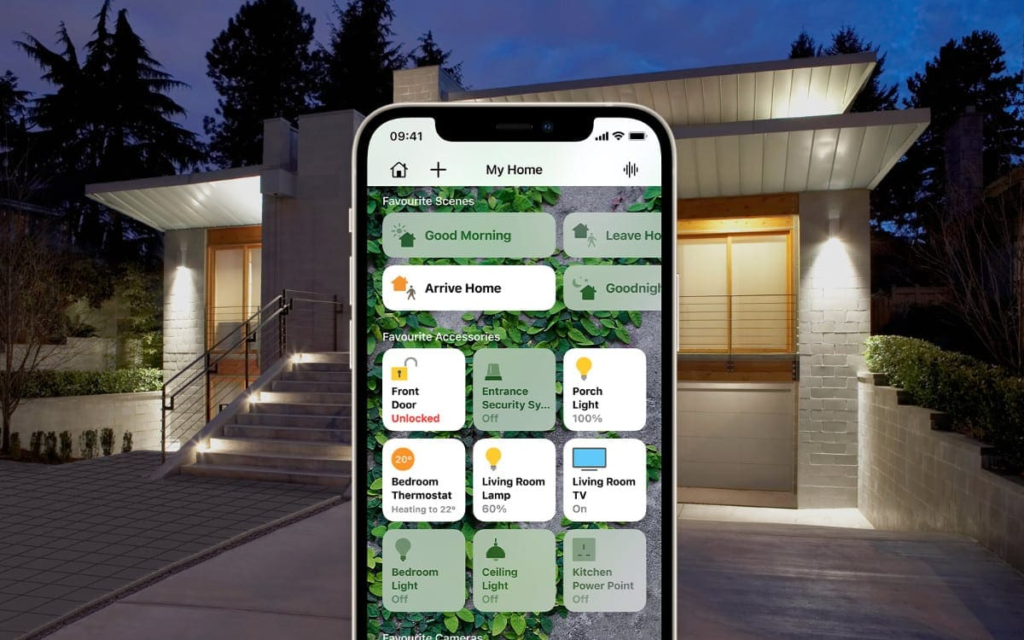
Integrating an iPhone into your smart home might provide seamless control and increased convenience, but it also has obstacles and restrictions. While Apple’s HomeKit framework offers robust security and privacy, it has drawbacks.
Here are some key issues users may encounter when attempting to create a smart home experience with an iPhone:
- Another problem a Smart Home has is that some devices are incompatible with other Apple-certified devices. Despite the general popularity of HomeKit, not all smart home devices are compatible with it. Products from non-Apple authorized manufacturers will not work harmoniously with your iPhone or the Apple ecosystem. You may need other programs or some sessions and bypass; the control may not be that easy. This must be quite frustrating for the consumers who bought devices that are not Apple and still had the thought they would have a similar experience as iPhone users.
- Restricted Integration Compared to Google Home or Amazon Alexa, Apple HomeKit provides an isolated and safe platform; however, it does not provide as much range of accessories as a more developed platform. This may disadvantage users since they would lack appropriate choices about their smart home devices.
Possible Losses in Creating an Apple-Oriented Smart Home
The connected home system is comparatively costly compared to other similar systems. Almost all the devices with certification come with a high cost due to a focus on security and design. This might discourage some users from adopting the system, especially when considering the initial start-up cost for the entire ecosystem, whereas other platforms offer cheaper solutions that can perform similar tasks.
Despite the convenience of using an iPhone with connected devices, these challenges make you reconsider compatibility, the available ecosystem and costs when building an intelligent home environment.
iPhone vs. Other Platforms for Smart Homes: A Comparison
The device you use to control your smart home will be key; Apple products built into the Apple HomeKit smart home ecosystem are perfect for this, but to fully determine which choice is better for you, it’s important to compare them with Android-based systems.
Pros of Using iPhone for Smart Homes:
Apple HomeKit Integration: iPhones are compatible well with Apple HomeKit, so users will not experience any inconvenience when adding iPhones to the Apple Home Kits they already have.
User Experience: iPhones offer an easy-to-use interface, which makes home automation accessible to any user.
Security: However, Apple’s privacy record is much better than some of the other platforms, which means your smart home data is relatively safer.
Cons of Using iPhone for Smart Homes:
Limited Device Compatibility: Like most smart home ecosystems, Apple HomeKit is not as comprehensive as Android-based systems.
Price: iPhones are known to be expensive, and this might be an issue if one wants to use several smart devices in the house.
Android-Based Systems:
Wider Compatibility: Android platforms cover more smart home devices, from Google Nest to Samsung SmartThings.
Flexibility: Android has greater flexibility because people can fine-tune their home automation solutions.
Statistically, over 60% of smart home users prefer platforms that offer cross-compatibility with a wide range of devices. Although the iPhone presents an exceptionally friendly interface for the users, Android systems may be preferable if necessary to choose system openness and compatibility in terms of devices.
FAQs
Can an iPhone operate a smart home?
Yes, iPhones integrate smoothly with smart home devices via Apple HomeKit and apps such as Google Home and Amazon Alexa.
Which smart home devices work with an iPhone?
iPhone-compatible devices include smart lights, thermostats, cameras, and plugs from Philips Hue, Ecobee, and Ring.
How does HomeKit improve smart home connectivity with the iPhone?
HomeKit centralizes control, allowing for automation, voice instructions through Siri, and secure connectivity with a variety of smart devices.
Do I need additional hardware to connect my iPhone to a smart home?
For HomeKit, a HomePod, Apple TV, or iPad can act as a hub for remote access and advanced automation.
Are there any limitations when using an iPhone for a smart home
While robust, HomeKit supports fewer devices compared to Alexa or Google Home, which may limit brand options for users.
Conclusion
One of the strongest areas of integration with smart home devices is available through HomeKit on the iPhone, together with security. However, the chief disadvantage that can be a drawback for many users is the problem of integration with other companies’ products. That said, selecting the most appropriate smart home platform is contingent on the vital factors: convenience, compatibility, or personalization. Before choosing the right platform for your home, also consider your device ecosystem and certain specific needs.
